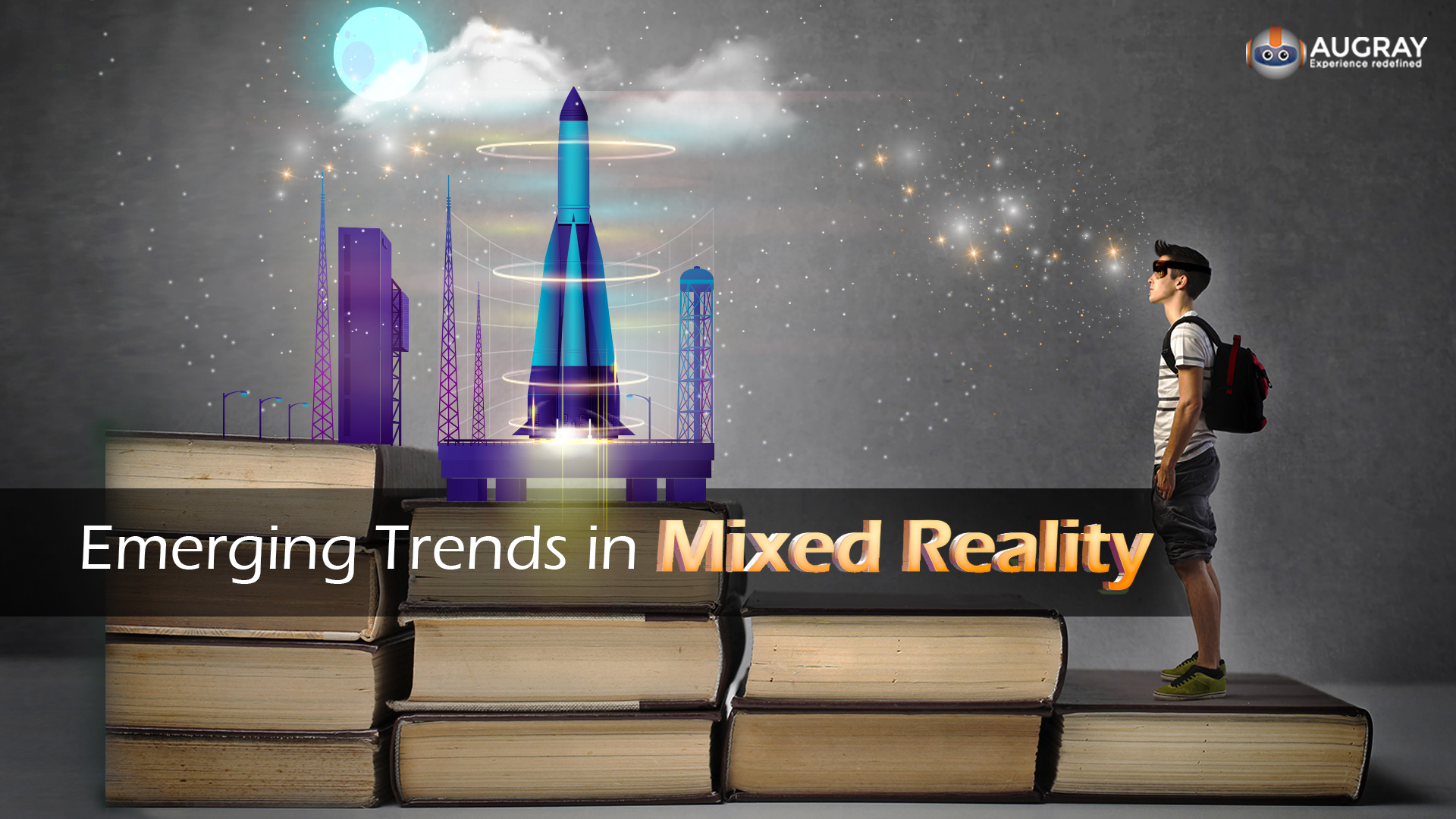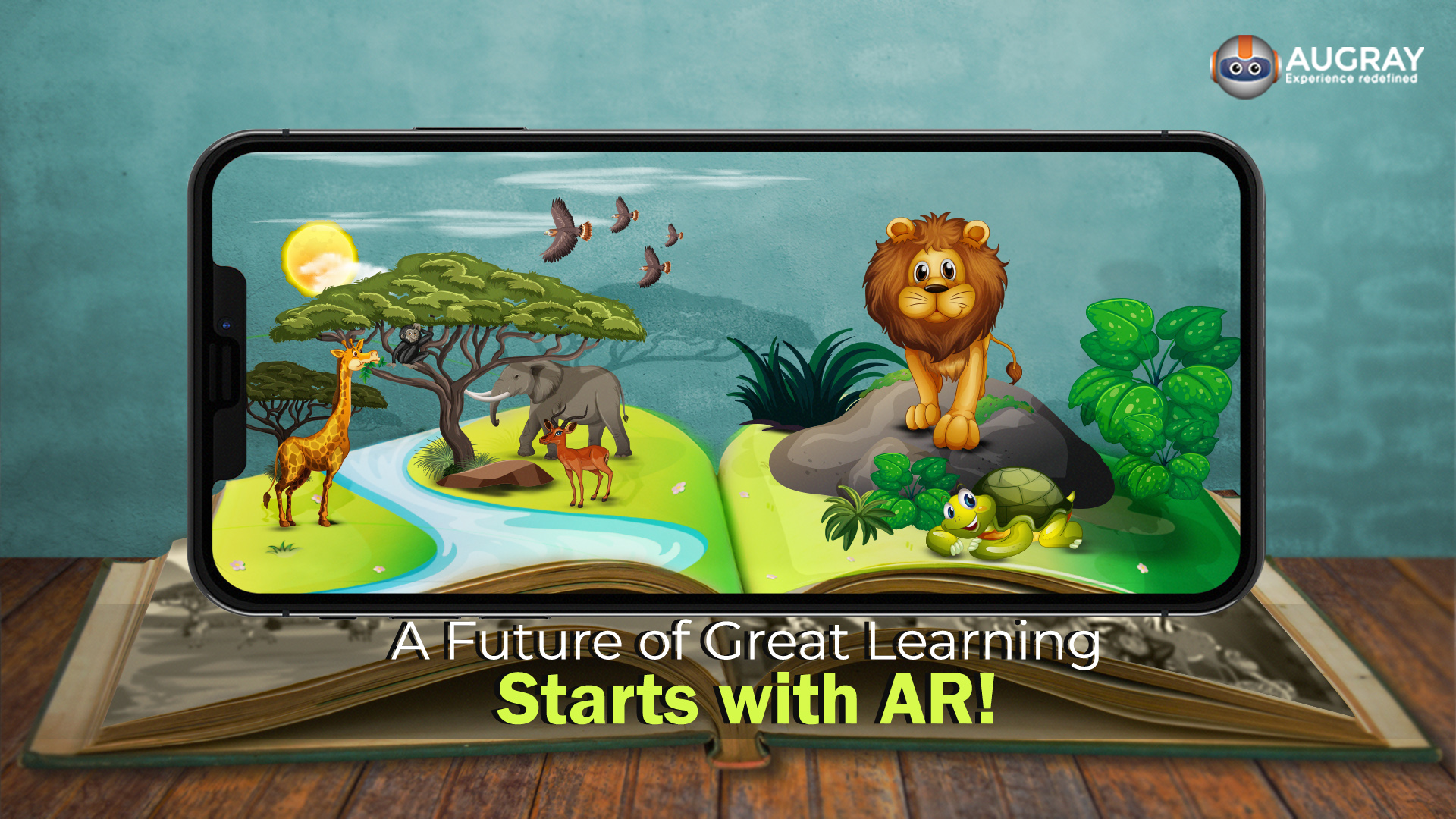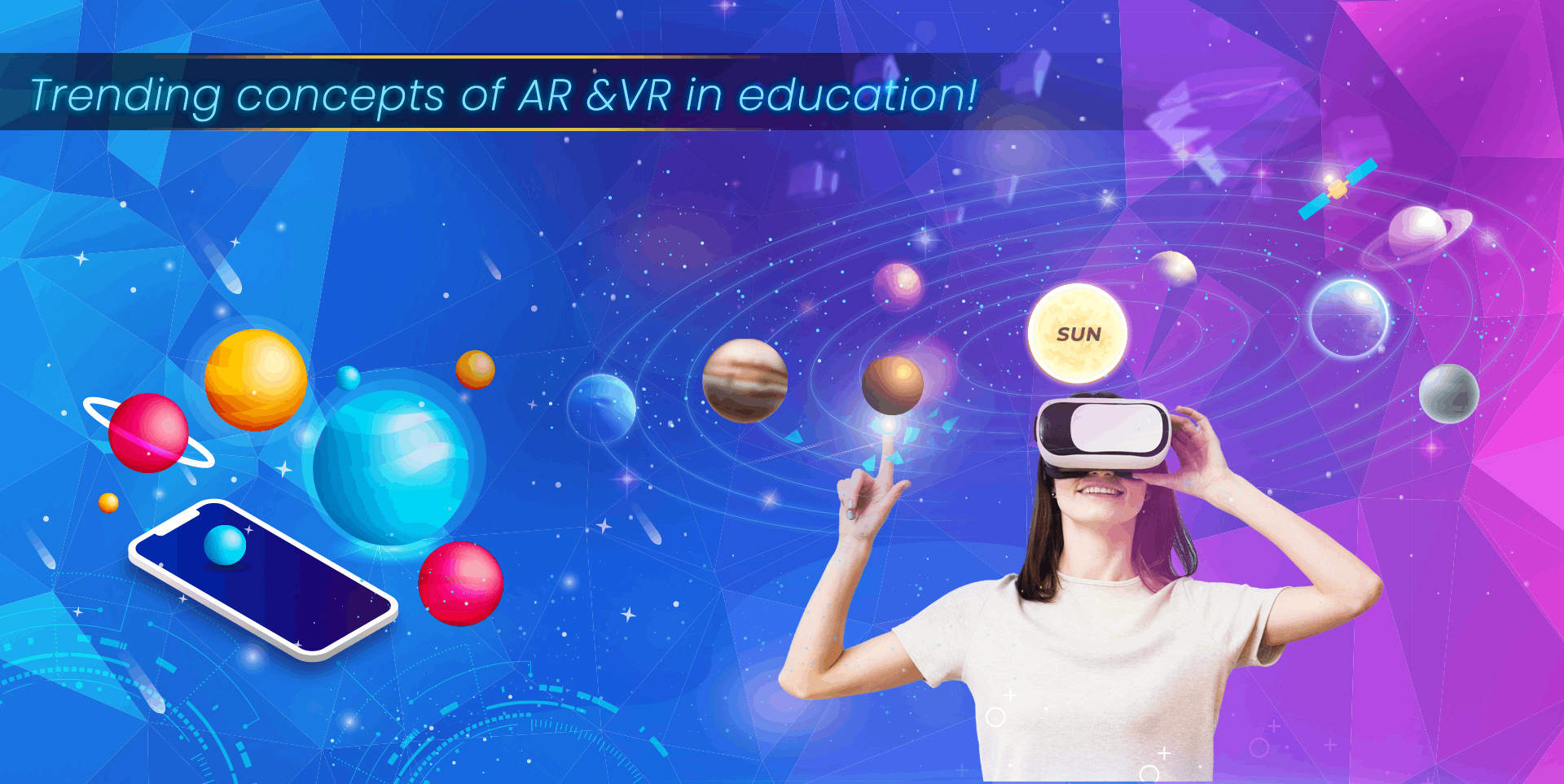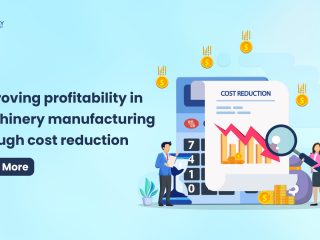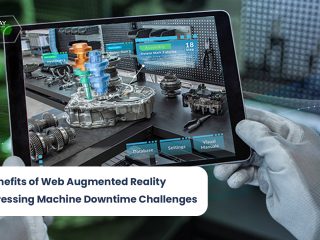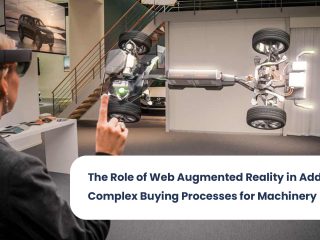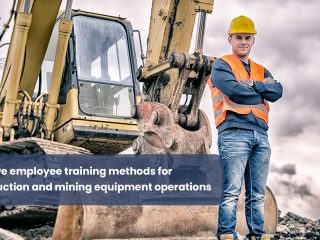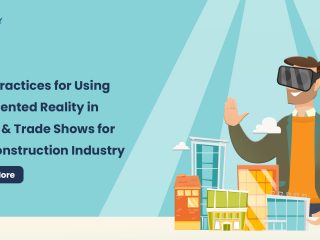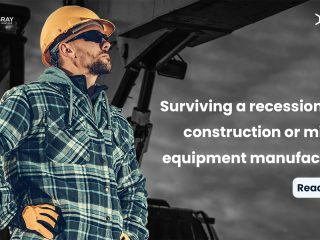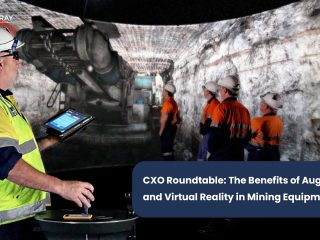The market value of Mixed Reality (MR both Augmented and Virtual Reality) in the K-12 education sector is currently $15 billion and is steadily rising with a good annual growth rate of 16.2%. In fact, this market is pegged to reach a valuation of over $19.6 billion by 2023, indicating the acceptance of MR as a medium of delivery among educators and students alike.
The time for MR has arrived:
Tell me, I will forget.
Show me, I may remember.
involve me, I will understand.
Kinesthetic or experiential learning is exceptionally important as it engages the senses of the learners and helps them learn by comprehension, in lieu of learning by rote.
The early 2000s saw education institutes scrambling to implement smart classrooms enabled with laptops, pointers, and other visual aids. The advent of the pandemic has necessitated that students receive education that is suited to all learners, without compromising on their safety. This need to virtually take education to the homes of students has driven the growth of interactive and intuitive apps and systems that help students acquire knowledge experientially.
Here is a brief roundup on some AR and VR applications currently in use in the K-12 education sector and how they benefit students, their caregivers (usually parents) and educators.
The year that was:
2020 was a year of reformation and transformation for people across sectors, and among the worst hit was the K-12 education sector. From solely relying on blackboard and chalk, to having to depend on technology, students, parents and teachers have come a full circle.
A vast number of schools have begun to use AR and VR to help students kinesthetically learn concepts and techniques.
AR based demonstrations:
With the pandemic wreaking havoc across the world, it is next to impossible to conduct laboratory lessons and show students demonstrations of science experiments. A video does not do enough justice to the experiment. With this in mind, AR based experiments where students can simulate chemistry, physics and even dissection experiments in biology through their mobile phones is becoming a reality. This particularly helps visual and kinaesthetic learners experience and comprehended scientific phenomena that they would otherwise just hear or read about.
MR enabled field visits:
Studies have shown that students can visualise and better comprehend art, history, and geography when they are exposed to different historical structures and visit different places. In the past it wasn’t uncommon for schools to take students to monuments and other places to help them understand the nuances of history, however, that is both impossible and unnecessary now. With AR and VR ruling the roost, students can bring the pyramids of Giza, the great barrier reef, and mountaintops of the Himalayas to their homes by using either AR enabled apps or using interactive VR headsets.
AR based testing:
Gone are the days when teachers had to proctor exams within set time frames. Students can now take AR enabled interactive tests that accurately reflect the students understanding and grasp of a subject. Tests can be designed to suit a variety of learners and can adaptively be modified in accordance to the outcomes set or planned by the teacher, keeping in mind the student’s requirements.
MR for one and all:
If you think enabling MR in education is effort and time intensive, think again. All a student needs to access this repertoire or wealth of information is a smartphone. With over 3.5 Billion smartphones currently in use, and over 50% of students having access to a smart phone, isn’t MR the best way to reach out to students across different strata of the society?
The average smartphone costs significantly lesser than a year of tuition and offers students a plethora of benefits. With better internet connectivity and technology developing on a daily basis, the number of children who can access MR based education is only set to become higher with time!
AR + Education = A Fool proof Recipe
Are you looking for a fool proof recipe to help more children access quality education, to enable children to feel, see and experience concepts better?
Hardware : The portal to a new world
While both AR and VR are exceptionally useful, AR is particularly preferred especially since it requires only a smart phone at the student’s end. However, VR offers more realism (albeit being more expensive) thanks to tailored headsets.
Oculus Go, HTC Vive and Rift S are among the most popular headsets being used in education. However, other inexpensive options are also available. Exploring rental options for VR headsets is another possibility.
Mixed Reality is your best bet!
It helps toddlers and primary school students develop logistical and spatial skills, and significantly improves hand-eye coordination. With respect to high school students in enhances visualisation and improves comprehension of difficult principles and phenomena.
When MR is used, it also helps teachers reach out to students more effectively, without having to repeat the same point over and again. The system will help the teacher emphasise and repeat the salient points and help the teacher focus on more important tasks and reduce the time they spend on repetitive tasks.
90% of educators believe in the power of Mixed Reality to deliver knowledge in a thoughtful, engaging and most importantly, student centric way. Have you joined the MR bandwagon yet?
References:
- https://vr-sync.com/the-best-vr-headsets-for-in-the-classroom/
- https://edu.google.com/intl/en_in/products/vr-ar/
- https://www.edutopia.org/blog/ar-apps-for-student-learning-monica-burns
- https://program-ace.com/blog/augmented-reality-in-education/
- https://www.cleverbooks.eu/school-education-augmented-reality/
